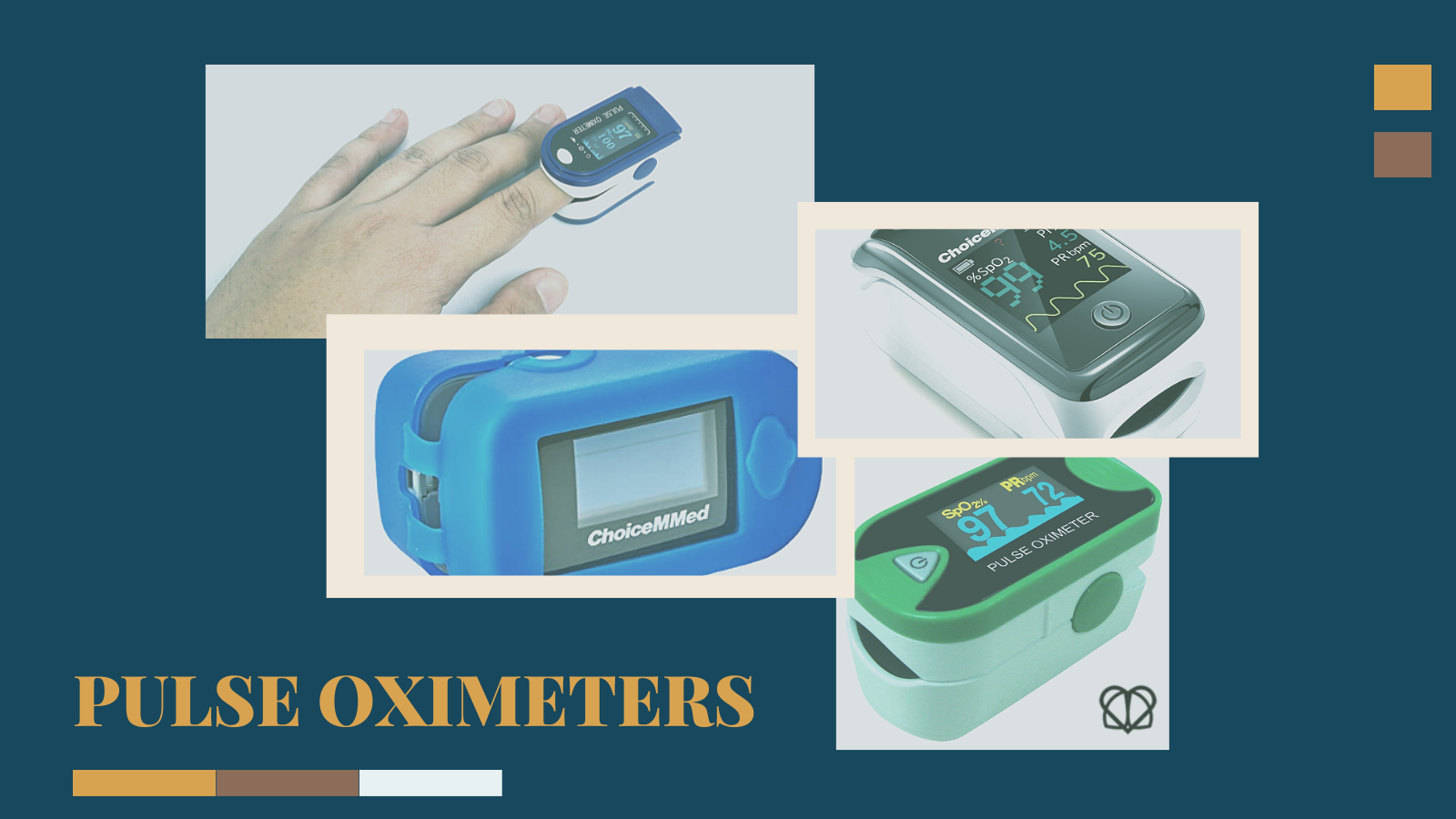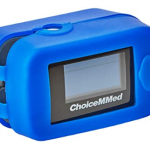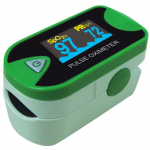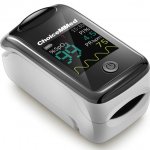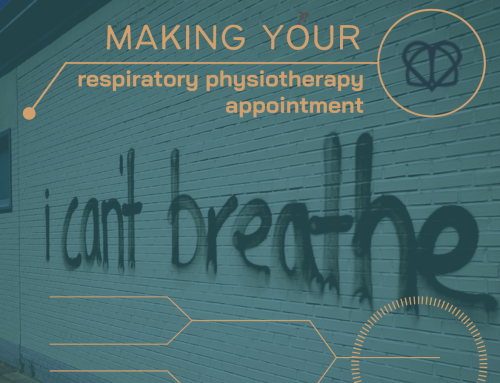In our last blog we talked about how in certain circumstances it may be appropriate to monitor your oxygen levels as you recover from COVID-19. But how do you check your oxygen levels? The best way is via a pulse oximeter.
What is a pulse oximeter?
A pulse oximeter is a non-invasive measurement that within seconds gives the numbers showing the oxygen saturation levels in your body (this is the %SpO2 number). It also tells you how fast your heart is beating (this is the PR bpm number). In healthy individuals with no pre-existing health conditions or lung issues, the normal blood oxygen saturation level will be around 95–100%.
Which devices does Air Physiotherapy recommend?
There are a number of different monitors available and they can vary hugely in price.
As in most cases, you get what you pay for but we think there are 2 good options that don’t cost the earth from the brand ChoiceMMed (1 & 2 in the image below), and another more pricey option from the same brand (option 3):
- Option 1: ChoiceMMed MD300C2 Finger Pulse Oximeter
- Option 2: ChoiceMed MD300 C26 Colour Screen Fingertip Pulse Oximeter
- Option 3: ChoiceMMed Professional Fingertip Pulse Oximeter MD300CI216
One of the main advantages of this brand compared to others is that all of these monitors show a trace on the screen which needs to be consistent to reflect a reliable reading. Some other monitors don’t show this trace.
Factors affecting pulse oximeter reliability
There are some things you need to be aware of that can affect the reliability and accuracy of your pulse oximeter reading:
- Poor circulation. This is particularly relevant for certain medical conditions including anaemia and Raynaud’s syndrome
- Cold or wet hands. Even without a medical issue, when your hands are wet or cold the blood flow and circulation to your hand is reduced and may cause a problem for the oximeter to detect a good pulse signal
- Small fingers. The NHS recommends using the middle or index finger, and you can use the thumb in children
- Nail varnish and artificial nails. An artificial nail or the colour in varnish can absorb light emitted by the oximeter and interfere with the detection of oxygenated haemoglobin. It’s recommended that nail varnish and an artificial nail on the finger you’re using for the pulse oximeter is removed
- Direct bright light. Bright light such as sunlight may interfere with the light detector and cause inaccuracy. Try to stay out of any direct bright light for more accurate results
- Movement. Too much movement will also affect the reading so try to keep still
- Smoking. Smoking reduces the amount of oxygen reaching your tissues and may result in the oximeter falsely suggesting that oxygen levels are satisfactory
What if I’m struggling to get an accurate reading?
Some suggestions are:
- Try a different finger
- Rub or hold your hands together to warm them up
- If you’re outside, go indoors to reduce the amount of light
- Clean the device. It is recommended to clean your pulse oximetry device once per week. To clean, swab the inside of the device with a cotton swab or soft cloth and rubbing alcohol
When it is not relevant to check your oxygen levels?
If you have been seen by a respiratory and/or cardiac doctor and they have established your heart and lungs are healthy but you have been told:
- You have a breathing pattern disorder
- You are deconditioned and need to build up your fitness
At Air Physiotherapy, we are experts in treating patients with breathlessness. We are experienced in helping patients stay fit and healthy if they have long term conditions which cause low oxygen levels. We are also able to help those who experience periods of breathlessness in the absence of any change in oxygen saturations.
Please do get in touch by emailing enquiries@airphysiotherapy.co.uk or give us a call on 0207 971 1464 to find out more about how we can help.

